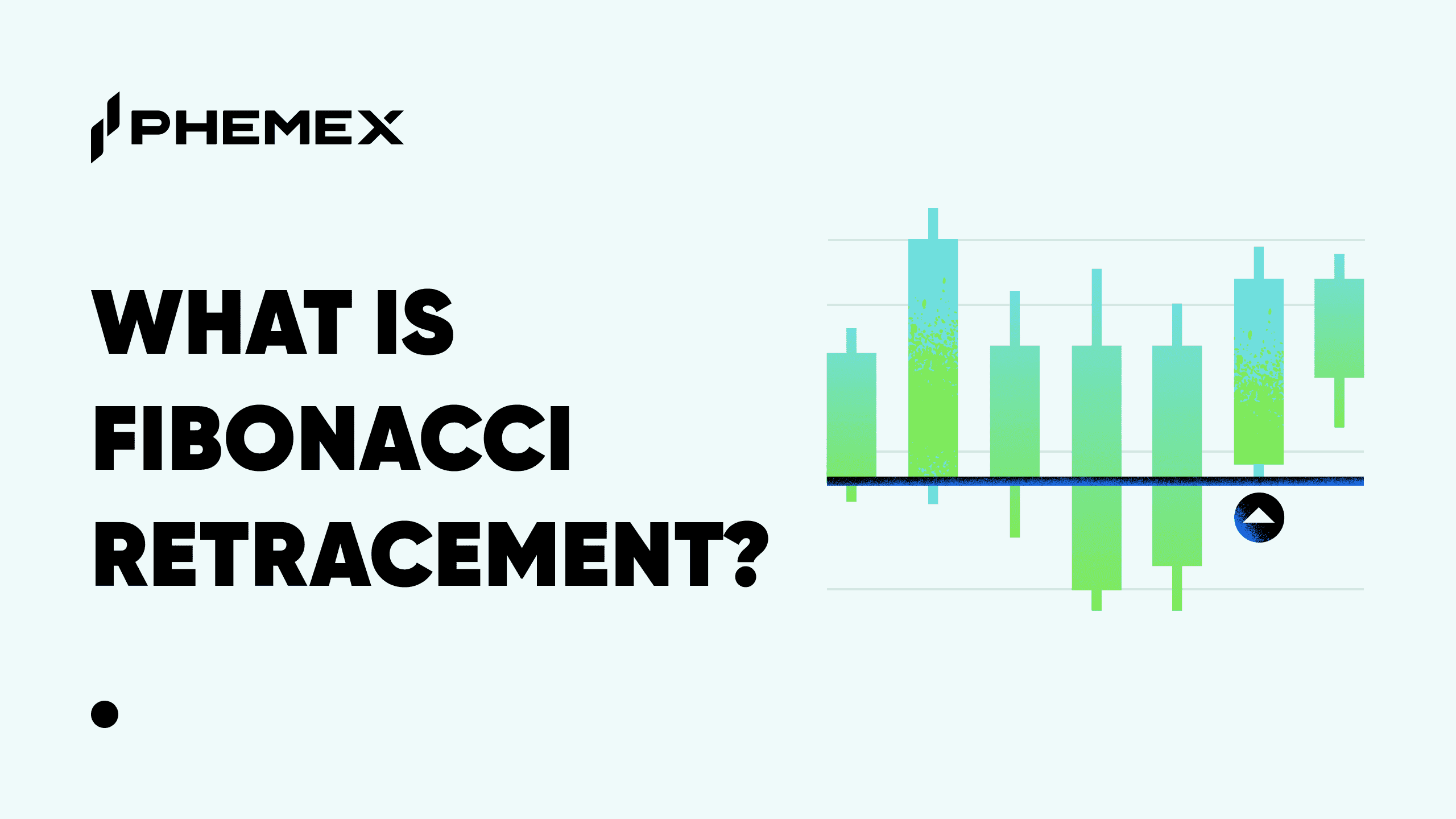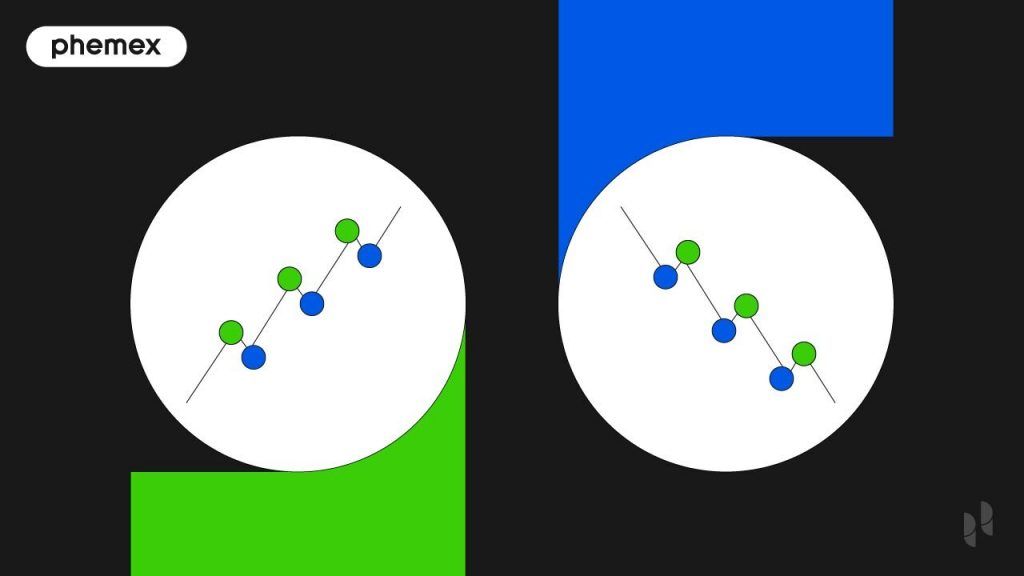Summary
- Hidden divergence is the opposite of regular divergence, where the indicator action makes higher highs or lower lows while the price makes lower highs or higher lows, respectively.
- Bullish hidden divergence occurs when the value of an asset makes a series of higher lows and at the same time, the indicator makes a series of lower lows.
- Bearish hidden divergence happens when its price action forms progressively lower highs in the presence of progressively higher highs developed by the indicator.

Divergence is a forex trading strategy regularly used by currency and cryptocurrency traders worldwide. It refers to the disagreement between the momentum indicators or oscillators, and the price. Commonly used indicators include relative strength index (RSI), stochastics, and moving average convergence/divergence (MACD).
What Is Divergence?
In day trading, divergence helps traders recognize and react approximately to price trends. Divergence refers to the price and momentum being out of sync, meaning that there’s a higher potential for a correction or reversal. The value of an asset can only diverge up to a certain extent before a major price swing occurs and it returns to what the market believes it should be worth.
There are two types of divergence:
- Regular/Classic divergence, which happens when the price trend creates higher highs or lower lows while the indicator makes lower highs or higher lows, respectively.
- Hidden divergence, which is the opposite of regular divergence, where the indicator action makes higher highs or lower lows while the price makes lower highs or higher lows, respectively.
Regular divergence is especially useful to cautiously predict the end of a trend, while hidden divergence can be used as an indication of trend continuation.

Differences between regular and hidden divergence (Source: Trading Setups Review)
What Is Hidden Divergence?
Similar to regular divergence, hidden divergence can be bullish or bearish:
What is a Bullish Hidden Divergence?
Bullish hidden divergence occurs when the value of an asset makes a series of higher lows and at the same time, the indicator makes a series of lower lows. This suggests that the uptrend is still going strong and that the correction in value is merely profit-takinginstead of the emergence of strong selling. In this case, traders should seek to go long and buy the asset.

What is a Bearish Hidden Divergence?
Bearish hidden divergence happens when its price action forms progressively lower highs in the presence of progressively higher highs developed by the indicator. This implies that a downtrend is underway, and the reaction is merely for profit-takingrather than the emergence of strong buyers. In this scenario, traders should choose to go short and sell the asset.
How to Identify Hidden Divergence?
Indicators or oscillators are used to find divergences. Most cryptocurrency exchanges and pricing websites support adding indicators into the price chart for viewers to analyze price movements.
Use the RSI indicator and the MACD indicator to identify hidden divergence
One of the most reliable indicators is the RSI. In short, the RSI compares the average gain and the average loss over a certain time frame. This indicator is commonly used to identify overbought and oversold conditions in the market.
The next popular indicator is the MACD, which basically shows the relationship between two moving averages of an asset’s price. The divergence signals produced by the MACD usually resemble those produced by the RSI.
The figure below shows an example of a bullish hidden divergence identified using the MACD and RSI. From the figure, the price chart shows consecutive higher lows while the MACD and the RSI show successive lower lows.

Bullish hidden divergence identified from an Ethereum price chart from January 1, 2021 to February 3, 2021, 4h time frame with the MACD and the RSI (Source: Phemex, TradingView)
Use the stochastic oscillator to identify hidden divergence
Another common indicator is the stochastic oscillator, which was first introduced by George Lane in the 1950s. This oscillator is mainly used to compare an asset’s closing price to a range of its prices over a certain time span. In the figure below, the stochastic oscillator is used to identify a bearish hidden divergence. The figure shows that the price chart has progressively lower highs while the stochastic oscillator has consecutive higher highs.

Bearish hidden divergence identified from a Bitcoin price chart from August 4, 2020 to September 19, 2020, 4h time frame with stochastic oscillator (Source: Phemex, TradingView)
How to Trade Hidden Divergence
Before trading hidden divergence, here are some rules to follow:
Rule 1: Look for the “Four Price Scenarios”
For a hidden divergence to exist, the price trend must have formed one of the following:
- Higher low than the previous low
- Lower high than the previous high
- Double Top
- Double Bottom
One of these four scenarios must occur in the price action before it makes sense to check the indicator signal. The first two scenarios are self-explanatory and were shown previously in the bearish and bullish hidden divergence. The double top and double bottom are patterns that form due to movements in the value of an asset. In short, a double top pattern forms the letter “M” while a double bottom forms the letter “W.” The peaks and troughs of the price chart do not necessarily need to reach the same points for the double top and double bottom pattern to appear.

Double top and double bottom patterns. (Source: BabyPips)
Rule 2: Only Connect the Lows for Bullish Hidden Divergence
For bullish divergence, connect the lows on the price action and the lows on the indicator as well. As shown in the figure below, the lows on the price chart must vertically line up with the lows on the indicator.

For bullish hidden divergence, vertically line up the connected higher lows on the price chart with the connected lower lows on the indicator. (Source: Phemex, TradingView)
Rule 3: Only Connect the Highs for Bearish Hidden Divergence
For bearish divergence, connect the highs on the price chart and do the same to the highs on the indicator. As shown in the figure below, the highs on the price chart must vertically line up with the highs on the indicator.

For bearish hidden divergence, vertically line up the lower lows on the price chart with the connected higher highs on the indicator. (Source: TradingView)
Rule 4: The Gradient of the Line Hints at the Strength of the Divergence
As mentioned in Rule 1, divergence can exist only if there is an ascending slope or descending slope on the price trend or on the indicator. The steeper the slope, the higher the likelihood of a price reversal or chance to earn profits.
Rule 5: Don’t Double Down on Divergence
Trends do not last forever, and it’s smart to trade divergence as soon as it’s spotted. If a divergence was spotted, but the price has already reversed and is a good distance away from its recent swing high/low, then have patience. It’s best to wait for the next divergence.
How Reliable Is Hidden Divergence?
Although divergence is a powerful sign indicating a change in the direction of a market’s movement, it cannot be used in isolation. New traders should focus on regular divergence before incorporating hidden divergence into their trading practices.
Remember that divergence does not always result in a strong reversal. According to one analyst, divergence indicators sometimes are meaningless and cannot predict major price action changes.
Instead, the price may have just entered sideways consolidation after a divergence. A sideways trend or consolidation refers to the horizontal price movement where the price of an asset trades within a stable range. For that reason, it’s useful to combine trading strategies because the use of only one indicator cannot capture the whole market context. By using two or three indicators simultaneously, traders may form a more robust strategy to better define a trend and choose more appropriate reactions.
Sometimes, when using two or more different indicators, the indicator signals may differ from one another and imply different market conditions. In such cases, it’s best to take a step back and examine whether the conflicting signals are obvious and strong. If they are, it’s a good idea to stay away from the asset for the time being.
Tips on using the Hidden Divergence
To reduce false signals, one tip is that divergence, especially hidden divergence, tends to be more accurate on longer time frames. With longer time frames, the market does not move as fast, and it’s easier to determine the patterns of highs and lows. The drawback is that longer time frames result in fewer trades and fewer divergences.
Can a regular divergence and a hidden divergence occur at the same time?
On the other hand, in shorter time frames, there is a possibility that bearish regular divergence and bullish hidden divergence (or bullish regular divergence and bearish hidden divergence) may occur at the same time. Thus, it is important to choose a suitable time frame to maximize the profit potential and minimize confusion.
Remember that regular divergence signifies a change in the trend’s direction and should be traded at the end of the trend, while hidden divergence suggests strength coming into the trend and should be traded at the beginning of the trend. When trading divergence, there should be obvious ups or downs on the price chart for a trend that actually exists.
Conclusion
Divergence is one of the many trading strategies that professional traders use to make money. Beyond the indicators mentioned above, many others can be used to trade divergence. Like all trading strategies, divergence indicators also have a certain degree of risk, whether you use the RSI, MACD, or stochastic oscillator. The most important thing is to identify which indicators to use, understand them, and then practice with them before utilizing them in trades.
Remember that divergence does not ensure profits. It is merely an indicator that warns that there may be a change in the direction of the current price trend. Traders are advised to keep in mind the market context before trading regular or hidden divergence.
Read More
- What Is the Best Divergence Trading Strategy?
- What are Highs and Lows in Trading: The World of Financial Highs and Lows
- Crypto Price Action Trading Strategy
- How to use The Trend Reversal Trading Strategy: All you Need to know
- What Is Trend Trading: Following the Market When It Pays
- Uptrends and Downtrends: How to Spot and Trade Them?
- Dark Cloud Cover Pattern – What Does it Mean?
- Buy Low, Sell High Crypto: 4 Things To Do (3 To Avoid)









